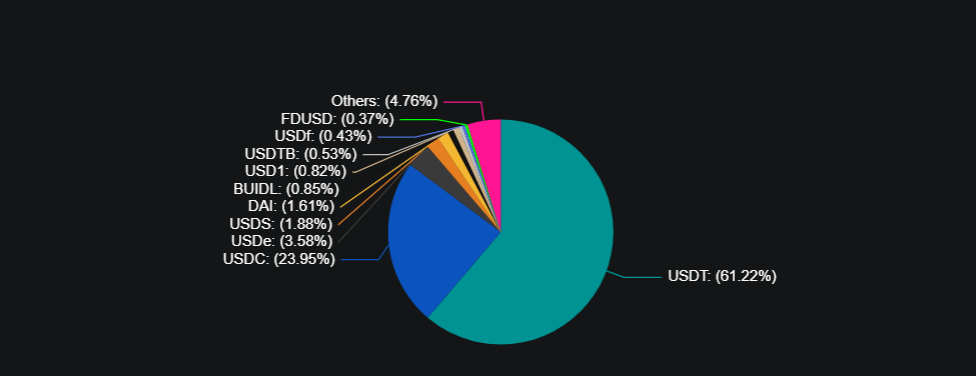China Eyes Historic Stablecoin Launch to Topple US Dollar Hegemony—Here’s Why It Matters
Beijing fires the opening salvo in the digital currency cold war.
The People's Bank of China (PBOC) is reportedly accelerating plans for a yuan-backed stablecoin—a direct challenge to dollar-pegged giants like USDT and USDC. Sources suggest pilot testing could begin before Q4 2025.
The De-Dollarization Playbook
This isn't just about crypto adoption. China's stablecoin gambit aims to:
- Bypass SWIFT for cross-border trade settlements
- Cement yuan dominance in Belt and Road transactions
- Create a Trojan horse for CBDC interoperability
Wall Street Won't Like This
Traditional finance rails creak as China builds digital infrastructure. The move could siphon liquidity from dollar markets—though skeptics note Beijing's notorious capital controls might render this 'stablecoin' about as stable as Evergrande's balance sheet.
One thing's certain: the race for monetary sovereignty just went hyperdrive.
China’s interest in the stablecoin sector grows
The Financial Times report on Wednesday highlighted that China is planning to roll out its first stablecoins as part of a broader strategy to internationalize its currency, the Renminbi (CNY), and reduce reliance on the US Dollar in global payments.
Hong Kong emerges as the testing ground for China’s cryptocurrency bet, as the industry is banned on the mainland, said the report. Still, regulatory caution in the autonomous region remains high, with only a limited number of stablecoin licences to be issued starting next year.
“We have been quite concerned about market speculation and exuberance,” HKMA officials said, reports the Financial Times.
The stablecoin market in China is gaining traction following the introduction of the first regulatory framework for stablecoins (GENIUS Act). US Dollar-pegged cryptocurrency was signed into law by US President Donald TRUMP on July 18.
Currently, over 99% of stablecoins are tied to the US Dollar. crypto intelligence tracker DeFiLlama data shows Tether’s USDT, which is tied to the US Dollar, holds a 61.22% market share.
Chinese exporters increasingly use USDT for international payments, bypassing currency risks and capital controls.

Despite these ongoing efforts, China still faces significant hurdles in catching up with the US Dollar-backed stablecoin ecosystem.
“It’s quite challenging to compete with the US dollar-backed stablecoin system, and certainly Hong Kong is making its own efforts, but there’s still a long way to go,” said Chen Lin, Director of the Centre for Financial Innovation at the University of Hong Kong, to the FT.

